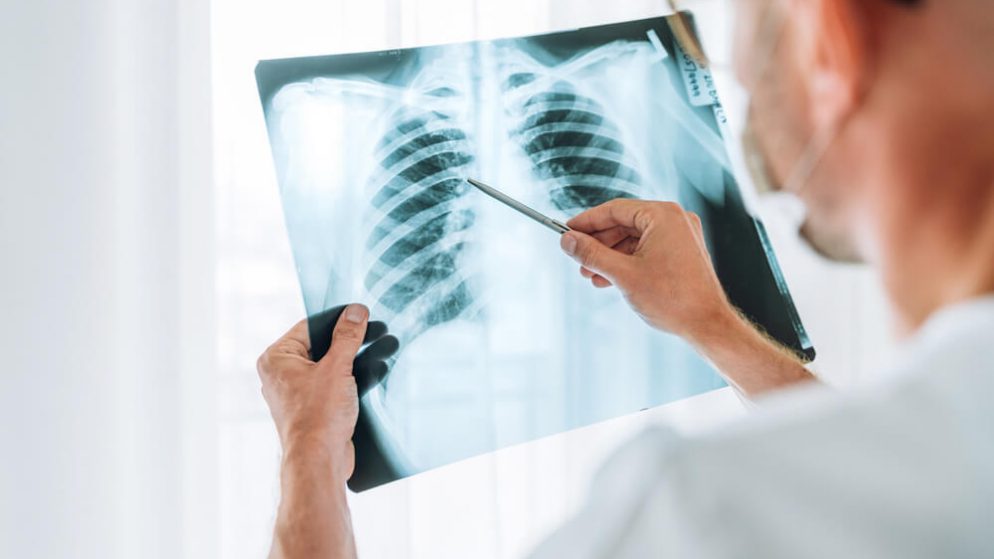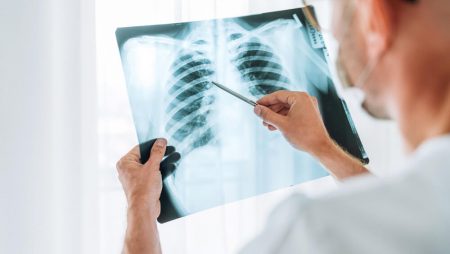



Get new exclusive access to healthcare business reports & breaking news




We all want to stay healthy and avoid being diagnosed with a serious disease, but for many people, it isn’t until symptoms appear that they realize something is wrong. One of the most dangerous diseases out there is lung disease, yet surprisingly few people know what the warning signs are or what to look for. That’s why today we’re taking a deep dive into the warning signs of lung disease you should be aware of so you can take action if something doesn’t seem right. Having an understanding of common indicators can help pave the way for early diagnosis which could save your life in the long run!
Lung disease is a broad term that refers to any condition that impairs the lungs’ ability to make sure your body gets enough oxygen for proper functioning. It can be brought about by a number of different factors, including smoking, secondhand smoke, air pollution, chemical fumes and dust, certain medications, and pre-existing medical conditions such as asthma or COPD. It can also occur due to genetic predisposition in some cases. The most important thing is to learn the warning signs of lung disease in order to identify potential issues and take preventive measures when possible.
It’s important to stay vigilant about your health and identify any unusual changes, such as shortness of breath, a nagging cough, chest pain, or wheezing. Other signs include fever, fatigue, rapid breathing or heart rate, coughing up blood, or weight loss. Namely, when you know the early symptoms of COPD, lung cancer, or any other similar condition, you can make sure to get yourself checked out sooner rather than later. If you’re experiencing any of these symptoms or any other concerning signs, don’t hesitate to consult with your doctor at once — early detection and action are key!
Diagnosing lung disease as early as possible is key for effective treatment and long-term health. While it’s always best to speak with a medical professional, there are some warning signs of lung disease you can look out for. For example, if you notice an increase in phlegm production from coughing or difficulty breathing – in addition to any other respiratory issues like wheezing or chest pain – these could be indicators that something more serious is going on. Understanding the warning signs of lung disease and taking action should symptoms present can make a world of difference down the line.
As more and more research is conducted, the warning signs of lung disease become ever clearer. But don’t worry – there are plenty of ways to keep your risk low! Eating a healthy diet with plenty of fruits and vegetables helps to boost your body’s natural defenses. Making sure you get adequate exercise will increase lung function and capacity while avoiding tobacco in any form can help reduce the risk of developing respiratory diseases. It’s also important to protect yourself from hazardous chemicals or fumes that could be present at work or home through the use of safety masks or air filters designed for this purpose. Taking these preventative steps now may be your best bet for long-term lung health!
Treatment for lung diseases varies greatly depending on the diagnosis. Medications are often used to manage symptoms and improve breathing, such as bronchodilators, which helps open up the airways. Another option is lifestyle changes, which can include quitting smoking, wearing a face mask in polluted zones, and regular exercise or pulmonary rehabilitation. Oxygen therapy is also available for those who have difficulty getting enough oxygen naturally. Surgery may be used for certain types of lung cancer, where a tumor can be completely removed. Regardless of what treatment plan you choose with your doctor’s guidance, keeping track of your symptoms and staying informed about the latest developments in treatments is key to managing any type of respiratory condition.
In conclusion, lung disease is one of the most serious and widespread health issues. Early diagnosis and treatment is crucial to maintaining a healthy respiratory system. Knowing the warning signs of this medical condition can help you identify it at its earliest stages, allowing for proper management and possible reversal. As such, it is worth keeping in mind the different risk factors associated with lung diseases, including exposure to pollutants, frequent smoking, and family history. Additionally, preventative measures like regular physical activity and avoiding dangerous chemicals are important steps toward good respiratory health. However, if you feel that you may be experiencing symptoms related to lung disease or have a family history of the condition, it’s critical to consult your doctor as soon as possible for an accurate diagnosis and treatment options that fit your needs.